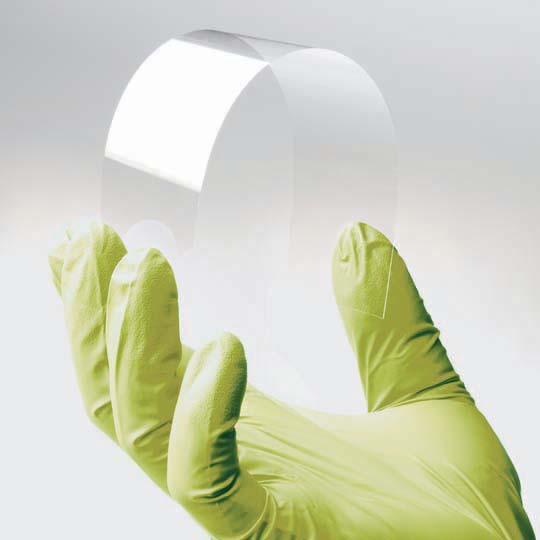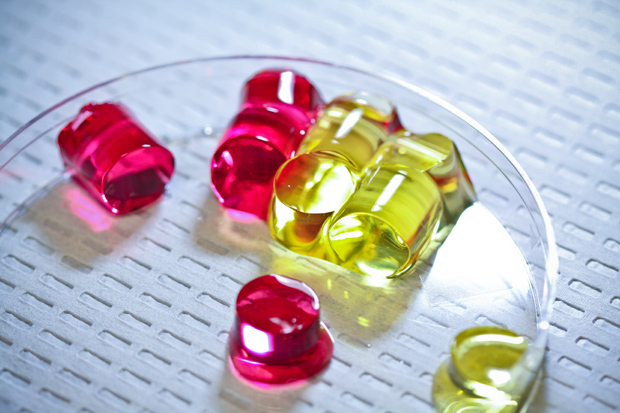
Corning’s new thin and bendy Willow Glass
Corning’s latest display glass technology, Willow Glass, launched Monday at a trade show in Boston. Willow Glass is glass spun extremely thin and flexible enough to roll into two-inch radius tubes, thanks to a manufacturing process similar to that used to make newsprint.
Corning, the company that makes the Gorilla Glass widely used in smartphone displays, uses roll-to-roll processes to make Willow Glass. The material is processed at temperatures of up to 500º C and rolled out over many cylinders (a rendering of the process is posted on YouTube). The result is a scratch-resistant, bendable sheet that measures 100 microns thick, about the same as a sheet of paper.
Willow Glass performs “exceptionally well” with touch sensors, so it will make a natural pairing with the curved smartphone designs that are all the rage, like the Samsung Galaxy Nexus and HTC One X. Corning further notes that the glass could be used in flexible solar cells and lighting. Spinning possible uses out further, we could see the glass used to make e-books into a physical manifestation of their pulpy predecessors—books with glass pages instead of paper ones. In photos, Willow Glass appears pliable enough that it can roll into a two-inch radius, and the PDF fact sheet shows that the 0.1mm thick Willow Glass can bend to a 5cm radius before reaching significant bend stress.
from Ars Technica
![]() Both these videos are from German web retailer Innovative Materials, who apparently used to sell something called “superhydrophobic aerogel†in powder or granule form. In these videos, surfaces coated with this powder react in interesting ways to water. They seem to be sold out of the stuff, but a bit of Googling confirms that superhydrophobic aerogels do exist and can be made in many ways. Exactly what type was used in these demonstrations is unclear. [via Boing Boing]
Both these videos are from German web retailer Innovative Materials, who apparently used to sell something called “superhydrophobic aerogel†in powder or granule form. In these videos, surfaces coated with this powder react in interesting ways to water. They seem to be sold out of the stuff, but a bit of Googling confirms that superhydrophobic aerogels do exist and can be made in many ways. Exactly what type was used in these demonstrations is unclear. [via Boing Boing]





